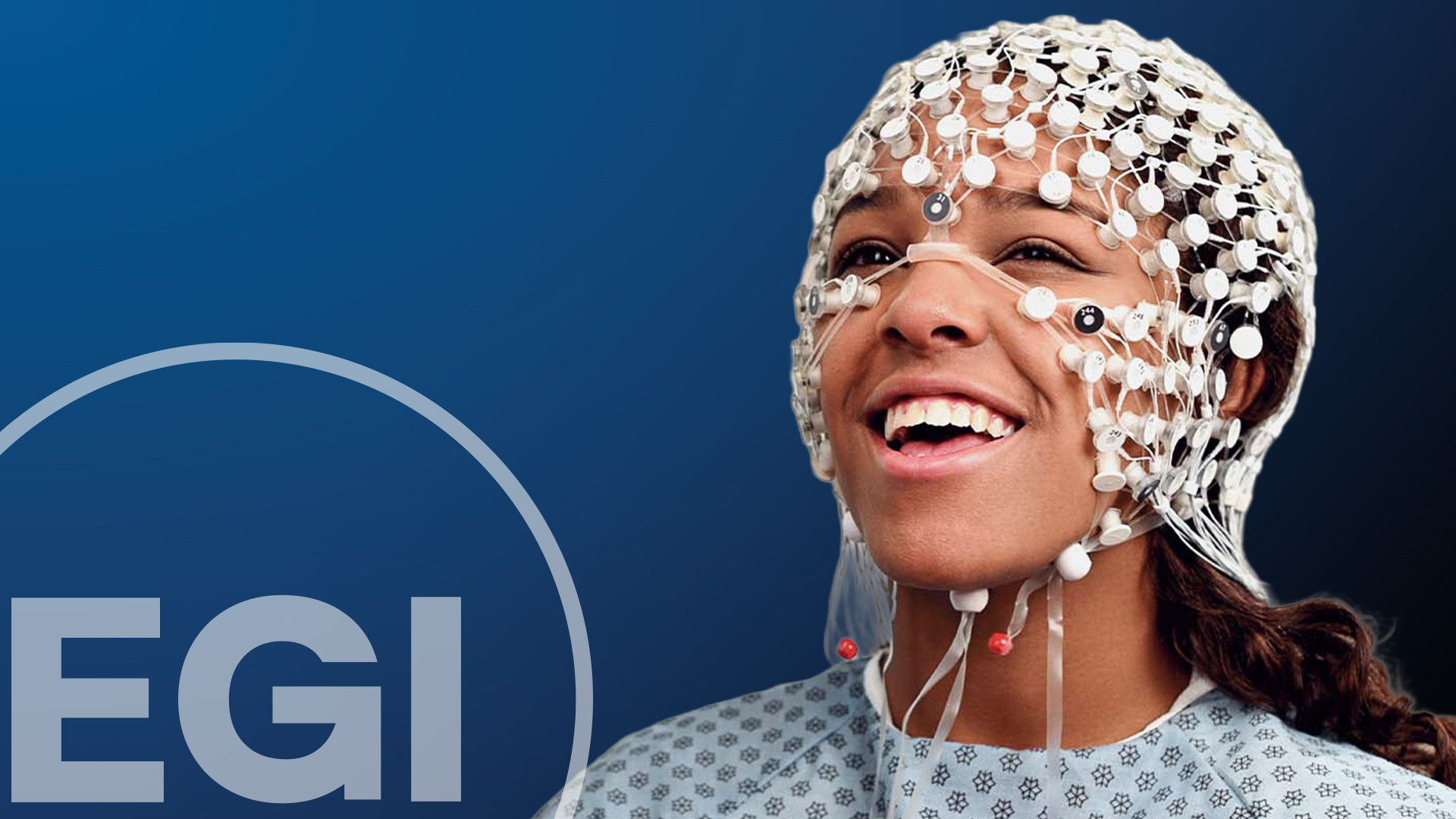Real-World Examples of ML and AI with HD-EEG

In our previous post, we introduced the powerful combination of high-density EEG (HD-EEG) with machine learning (ML) and artificial intelligence (AI) for enhancing brain data analysis. We discussed how HD-EEG’s spatial resolution and rich feature space provide ideal input for these algorithms, especially for highly precise diagnostics in clinical setups and when a new field or question arises in research contexts.
In this post, we dive into real-world examples that showcase how these techniques are being used to tackle disease classification and to investigate fundamental brain functions.
Disease Classification
Machine learning thrives on complex, high-dimensional data, which HD-EEG provides. In the clinical domain, this synergy is proving especially useful for diagnosing, classifying, and localizing brain disorders. Here, we highlight three studies that demonstrate different ML strategies across distinct neurological and psychiatric conditions.
- Diagnosis for Schizophrenia
Krishna Tikka et al. (2020)
DOI: 10.4103/psychiatry.IndianJPsychiatry_91_20
This study applied supervised machine learning, specifically a Support Vector Machine (SVM), to resting-state HD-EEG data in order to classify individuals with schizophrenia (SCZ) and differentiate between those with predominantly positive vs. negative symptoms.
Using a 256-channel Hydrocel Geodesic Sensor Net allowed the researchers to:
- Select region-of-interest features with precision previously only available in MRI-based studies.
- Show that low-frequency activity, which is associated with long-range connectivity, best classified SCZ vs. controls, while high-frequency activity, which is associated with short-range connectivity, was better at distinguishing between symptom subtypes.
Why it matters: This work demonstrates that HD-EEG when paired with AI can improve not only detection but also subtyping, which is crucial for personalized treatment approaches.
- Early Detection of Autism Spectrum Disorder
Bhaskarachary et al. (2020)
DOI: 10.1109/SPMB50085.2020.9353626
Early diagnosis of Autism Spectrum Disorder (ASD) is critical but still largely reliant on behavioral assessments. This study tackled that limitation using HD-EEG signals from eyes-closed resting-state recordings using an EGI Net Amps system and applied an ML pipeline involving Principal Component Analysis (PCA) for dimensionality reduction and two ensemble classifiers: XGBoost and Extra Trees, chosen for their high performance and interpretability.
The classification and identification of abnormal activity was based on power spectral density of EEG signals, finding:
- Increased power in delta, theta, and beta bands in ASD.
- Decreased alpha power, aligning with previous literature.
Why it matters: This study presents an automated diagnostic pipeline that can distinguish ASD from typical development children, using just resting-state eyes-closed segments of HD-EEG data. It highlights the diagnostic potential of combining simple EEG protocols with robust ML models for efficient diagnosis.
- Localizing Epileptogenic Brain Regions
Khan & Khan (2021)
DOI: 10.3991/ijoe.v17i06.18653
Accurate localization of the epileptogenic zone is crucial for surgical planning in drug-resistant epilepsy. This study used EGI’s 256-channel EEG system in combination with MRI-based brain atlases to identify cortical and subcortical generators of seizure activity.
Their region-based analysis achieved:
- Up to 99.5% accuracy in classifying epileptic regions vs. healthy ones.
- Fine-grained feature extraction using 1-second HD-EEG epochs across multiple frequency bands.
Why it matters: Traditionally, such localization requires invasive iEEG. This study shows that non-invasive HD-EEG plus ML could replace invasive techniques, reducing risk and supporting better surgical outcomes.
Investigating fundamental brain functions with AI & HD-EEG
These technologies are also transforming basic neuroscience research. In particular, they enable researchers to explore the spatiotemporal dynamics of brain activity. We highlight here an exciting study which uses AI to source-reconstruct HD-EEG data to investigate how we perceive social stimuli like faces and bodies.
Decoding Social Perception using Deep Learning (DL)
Borra et al. (2023)
DOI: 10.1038/s41598-023-34487-z
This study examined the neural basis of holistic processing, how the brain perceives complex stimuli like faces and bodies as unified wholes rather than collections of parts. This effect is typically demonstrated using stimulus inversion, where people find it harder to recognize inverted faces and bodies compared to upright ones. While previous neuroimaging studies suggested the involvement of face-specific regions, the spatiotemporal profile and selectivity of these responses remained unclear, making the use of AI ideal for addressing this.
Using time-series data from source-level HD-EEG activity, Borra and colleagues:
- Trained convolutional neural networks (CNNs) to classify stimulus orientation (upright vs. inverted) separately for faces, bodies, and houses.
- Found that the CNNs performed well above chance for faces and bodies, but close to chance for houses, highlighting a specialized neural mechanism for social stimuli.
By using AI techniques such as deep learning, they were able to identify key brain areas and time windows:
- The 150-200 ms time window was critical corresponding to the N170 ERP component linked with face perception.
- Key ventral stream regions, including lateral occipital cortex, fusiform gyrus, and lingual gyrus, were heavily involved.
- Two dorsal stream areas (superior and inferior parietal cortices) also played important roles, suggesting that holistic social perception is supported by a broader network than traditionally assumed.
Why it matters: deep learning with HD-EEG can extract and interpret subtle patterns in source-level data, offering detailed insights into the brain’s dynamic processing of social stimuli.
Summary
Overall, these approaches push boundaries of traditional EEG analysis and open up new possibilities for diagnosis and investigation. They highlight the impact of combining high-density EEG with AI, either to classify psychiatric conditions, localize epileptogenic zones, or decode social perception. This powerful duo offers both the spatial richness and temporal precision needed to train accurate and interpretable ML and DL models.
Marketing Doc No: MK2420 -01


